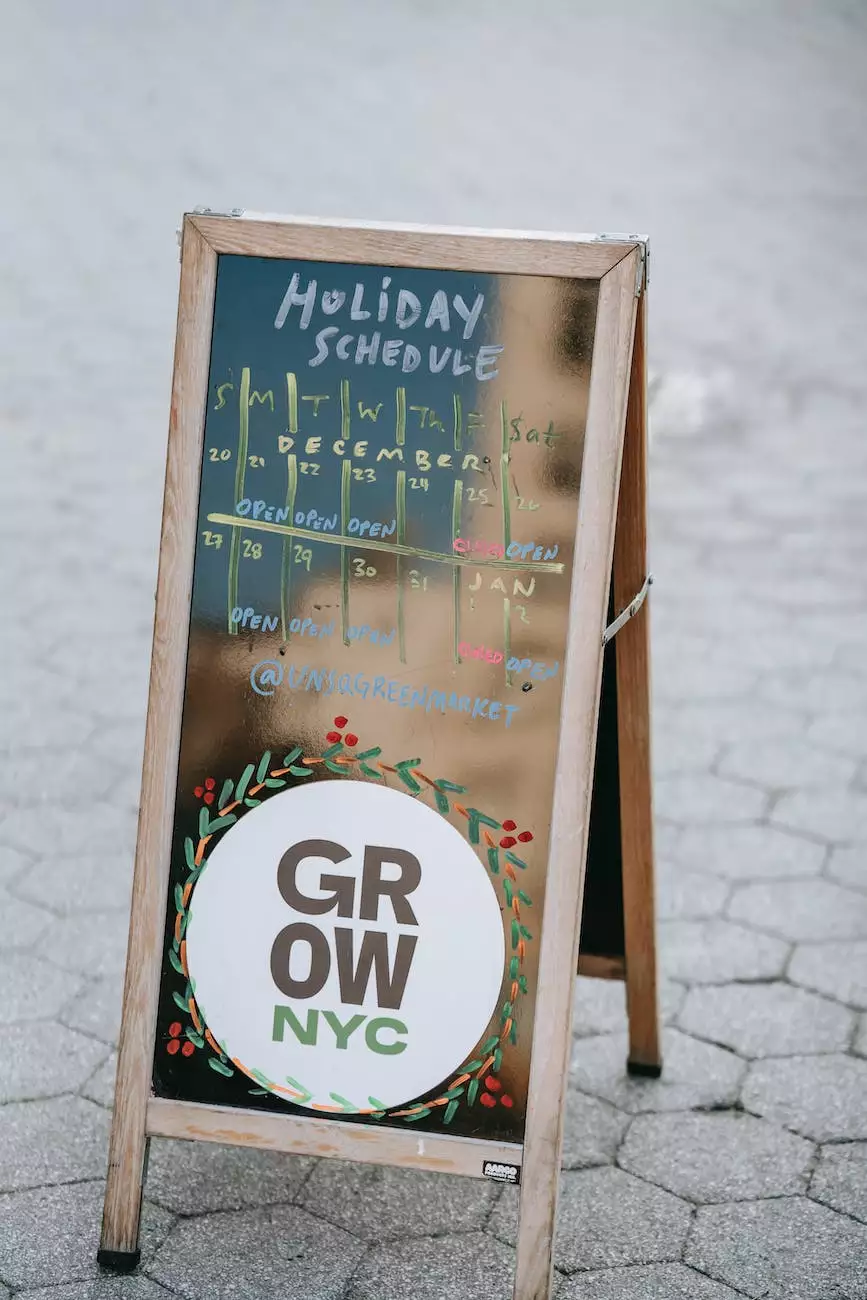A Guide To Using Google Shopping Ads
Blog
Introduction to Google Shopping Ads
Welcome to Alan’s Creative, your go-to destination for all things related to website development and online advertising.
In today's digital landscape, it is crucial for businesses to utilize effective online advertising strategies to reach their target audience. One such strategy is Google Shopping Ads, a powerful tool offered by Google to help businesses showcase their products directly within the search results.
With Google Shopping Ads, businesses can display product images, prices, and relevant information to potential customers searching for products related to their offerings. These ads stand out visually and provide users with valuable information right from the search results page.
Why Use Google Shopping Ads?
Google Shopping Ads offer numerous advantages over traditional text-based search ads. The visually appealing nature of these ads grabs attention and entices users to click through to your website. Here are some key reasons why you should consider incorporating Google Shopping Ads into your online advertising strategy:
- Increased Visibility: Google Shopping Ads give your products prime visibility on the search engine results page, enhancing your chances of attracting potential customers.
- Product-centric Approach: Unlike traditional search ads, Google Shopping Ads focus on showcasing your products directly, providing users with a visual representation of what they're searching for.
- Qualified Traffic: Since Google Shopping Ads display precise product information, users clicking on these ads are more likely to be interested in making a purchase, leading to higher conversion rates.
- Competitive Advantage: By utilizing Google Shopping Ads effectively, you position your business ahead of the competition and increase your brand's visibility.
Getting Started with Google Shopping Ads
Now that you understand the significance of Google Shopping Ads, let's dive into the process of setting up and optimizing your ads for maximum success:
1. Create a Google Merchant Center Account
The first step in leveraging Google Shopping Ads is to create a Google Merchant Center account. The Merchant Center is where you manage and upload your product data, ensuring that it is accurate and up to date.
Make sure to provide detailed product information, including product titles, descriptions, images, and attributes. The more detailed and accurate your data, the higher the chances of attracting relevant traffic to your listings.
2. Set Up a Google Ads Account
In order to run Google Shopping Ads, you need to have a Google Ads (formerly known as AdWords) account as well. The Google Ads platform allows you to create and manage your ads, set budgets, and monitor performance.
Link your Google Merchant Center account with Google Ads to seamlessly connect your product data with your advertising campaigns.
3. Create Product Feeds
Product feeds are data files that contain information about your products, such as their titles, descriptions, prices, and availability. These feeds allow Google to understand and display your products accurately in search results.
Ensure that your product feeds are regularly updated to reflect any changes in your inventory. Accurate and up-to-date feeds contribute to better visibility and performance.
4. Campaign Creation and Optimization
Once your product feeds are set up, it's time to create your Google Shopping campaigns. When creating campaigns, consider the following best practices:
- Campaign Structure: Organize your campaigns by relevant product categories or groups to effectively manage and optimize your ads.
- Budget Allocation: Allocate your budget wisely to campaigns that generate the highest returns. Constantly monitor and adjust your budgets based on performance data.
- Keyword Research: Identify and utilize relevant keywords in your product titles and descriptions to ensure your products appear for relevant search queries.
- Bidding Strategy: Experiment with different bidding strategies, such as manual bidding or automated bidding, to optimize your cost-per-click and return on investment.
- Monitoring and Optimization: Regularly monitor the performance of your campaigns and make data-driven optimizations. Analyze conversion rates, click-through rates, and other metrics to refine your targeting and boost campaign effectiveness.
Conclusion
As you can see, Google Shopping Ads offer a highly effective and visually enticing way to promote your products on Google's search engine results page. By following the steps outlined in this guide, you can start leveraging this powerful advertising tool to boost your online sales and outperform your competitors.
Remember, success with Google Shopping Ads requires continuous monitoring and optimization. Keep an eye on your campaigns, make data-driven decisions, and refine your targeting strategies to achieve the best possible results.
At Alan’s Creative, we specialize in helping businesses maximize their online presence through effective website development and online advertising strategies. Contact us today to learn how we can take your business to the next level!




